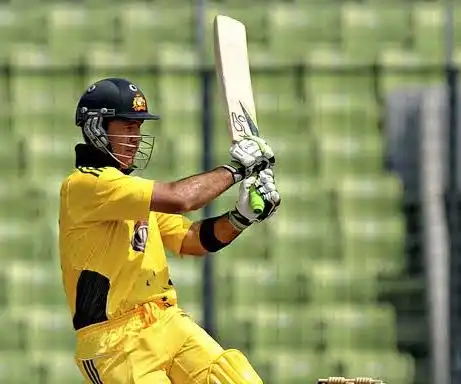 World Cup 2023 will be held in India (X.com)
World Cup 2023 will be held in India (X.com)
The 2023 World Cup in India will witness the return of in-game penalties for slow over-rate offences at the quadrennial event after 20 years, the International Cricket Council (ICC) has confirmed.
In a bid to ensure the teams complete their overs on time, the governing body has decided to impose an immediate sanction on teams failing to undergo their quota at the stipulated point.
The last time an ICC World Cup featured an in-game over-rate penalty was at the 1999 edition of the tournament played in England when teams fielding first lost overs during their chase after being found behind the cessation time.
Famously, Team India paid heavily for one such over-rate offence during their close-fought group stage encounter against Zimbabwe. Failing to complete their 50-over quota on time, the Mohammad Azharuddin-led Indian side were imposed a four-over penalty and had to chase Zimbabwe's 252/9 in just 46 overs, a task they failed at by 3 runs in Leicester.
According to the latest regulation, the ICC match officials will enforce teams to bring in an extra fielder inside the 30-yard ring for the rest of the innings duration if found behind the over-rate at the stipulated time. A critical inclusion in the playing conditions for the World Cup, with the potential to make a big difference to the teams' fortunes.
The rule is similar to the new over-rate rulings part of the men's and women's T20I cricket. Ever since January 2022, teams have been facing in-match penalty for their over-rate offence in the shortest format at the international stage.
They are forced to take off one of their boundary riders and bring him inside the circle for the rest of the bowling effort upon failing to complete the 20-over quota on time.
The rule makes it doubly difficult for bowling sides to set the right fields and protect the boundaries in the end-overs phase while making it extremely easy for the batters to anticipate the bowler's next move and to execute their big shots.
Such a rule at the coming World Cup could make the challenging 41-50 overs phase more comfortable for batting units, especially sides that have the depth to continue to attack with bat in hand.






